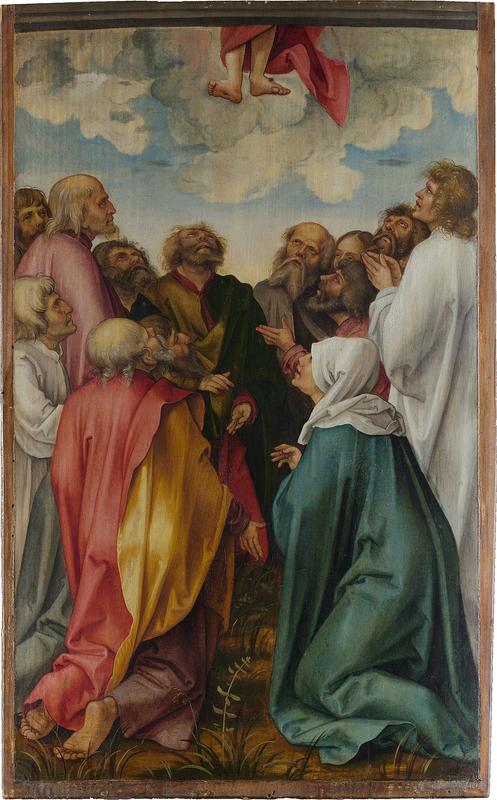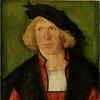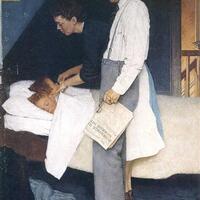More about The Ascension of Christ

Sr. Contributor
One glance at this painting reveals that Hans Süss von Kulmbach was way ahead of his time.
Five hundred years before the advent of the art memes that we have come to know and love, certain artists were creating works that perfectly lend themselves to this contemporary craft (an artform of its own, if you will). Unbeknownst to him at the time of its creation, Kulmbach painted this extremely meme-worthy work in Nuremberg in 1513. A hero in our time for this hilarious rendition of a scene from Christ’s life, Kulmbach owed much of his contemporary artistic success to the master of the Northern Renaissance Albrecht Dürer. The two artists shared an umlaut as well as an inherent artistry.
As with most great artists, Dürer had a whole workshop of artists training underneath him – and by training I mean helping him to churn out the oeuvre for which he is known today. Surprisingly, this practice has persisted into the modern era. How else do you think artists produce so much work? Not single handedly, that’s for sure. Thankfully, Kulmbach belonged to Dürer’s workshop and not that of Jeff Koons, which handed out dozens of layoffs in favor of free labor performed by robots in early 2019.
Kulmbach was the most important pupil to pass through Dürer’s workshop, which he joined in 1507. He was so good that, in only three years’ time, he began to receive most of Dürer’s commissions after the master retired in 1510. Apprentices and proteges borrowing and changing work done by their masters was a common practice, and Kulmbach adapted this particular scene from one of Dürer’s compositions.
Kulmbach’s rendition of the biblical scene seems a little...cramped. He managed to fit all twelve apostles and the Virgin Mary into this small canvas, but only shows Jesus’ feet as he ascends to Heaven? How rude. We now know that this painting is so narrow because it was one of eight that constituted an altarpiece illustrating the Virgin Mary’s life. This also might explain why this panel emphasizes the apostles and Mary over Jesus, although I like to think that Kulmbach might have found this compositional choice a little funny, too.
The other seven panels were scattered around Europe, with two in the Thyssen-Bornemisza Museum in Madrid, until a group of art historians brought them together for an exhibition in Nuremberg in 1961. At this hometown reunion, art historians discovered that their hypotheses were true. The panels did indeed seem to come from the same altarpiece. Using jigsaw puzzle rationale, they discovered that each panel had the same gray border, a stylistic choice on Kulmbach’s part that helped scholars piece together the mystery, only over four centuries after their creation.
Sources
- J. Paul Getty Trust. “Hans von Kulmbach.” The J. Paul Getty Museum. Collection. http://www.getty.edu/art/collection/artists/526/hans-von-kulmbach-germa…. Accessed March 4, 2019.
- Kahsnitz, Rainer, and William D. Wixom, Gothic and Renaissance Art in Nuremberg, 1300-1550 New York: The Metropolitan Museum of Art, 1986.
- Schneider, Tim. “Who Needs Assistants When You Have Robots?” ArtNet. Art World. https://news.artnet.com/art-world/jeff-koons-downsizing-1442788. Accessed March 4, 2019.
- The Metropolitan Museum of Art. “The Ascension of Christ.” Collection. https://www.metmuseum.org/art/collection/search/436835. Accessed March 4, 2019.












